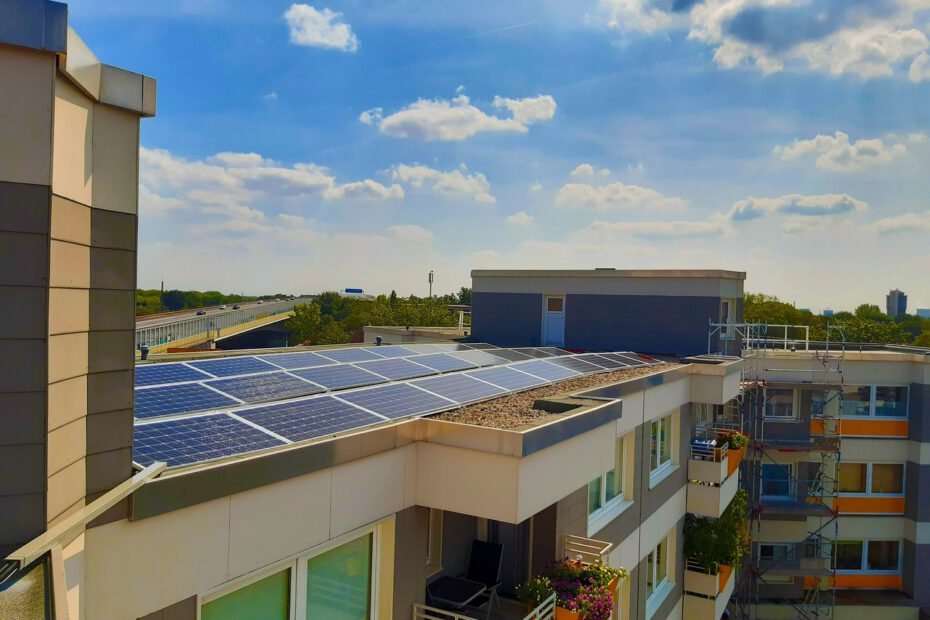The European Union is taking a significant step towards a sustainable future with the latest agreement reached by the Council and Parliament on the proposal to revise the energy performance of buildings directive. Known as ‘Fit for 55,’ this initiative aims to make buildings in the EU greener, aligning with the overarching objective of achieving climate neutrality by 2050.
Key Objectives
The revised directive sets ambitious targets for the energy performance of new and renovated buildings. By 2030, the goal is to have all new buildings classified as zero-emission, and by 2050, the existing building stock should undergo a transformation to become zero-emission.
Solar Energy Integration
Solar power is a key element in achieving energy efficiency and significantly reducing carbon emissions. Therefore, by 2031, all new public and residential buildings will require solar energy installation (where economically and technically feasible).
Minimum Energy Performance Standards (MEPS)
Regarding minimum energy performance standards (MEPS) for non-residential buildings, the agreement outlines that by 2030, all non-residential buildings should surpass the 16% worst-performing category. By 2033, this threshold will increase to 26%, emphasizing the commitment to elevate energy efficiency standards.
Renovation Targets
Member states are tasked with ensuring that the residential building stock reduces average energy consumption by 16% in 2030 and achieves a range between 20-22% in 2035. The focus is on renovating the worst-performing buildings, aiming for a 55% reduction in energy consumption through renovation efforts.
Next Steps
In the pursuit of a sustainable and climate-neutral future, the EU’s commitment to transforming its building landscape is not only commendable but sets a precedent for global environmental initiatives. While the provisional agreement marks a crucial milestone, it’s essential to note that formal endorsement and adoption by both the European Parliament and the Council are the next steps in implementing the proposed changes. As we move forward, these changes will undoubtedly shape the future of the built environment, creating a more energy-efficient and environmentally conscious architectural landscape for generations to come.
If you consider enhancing your building’s energy efficiency, reach out to us for a free consultation.

